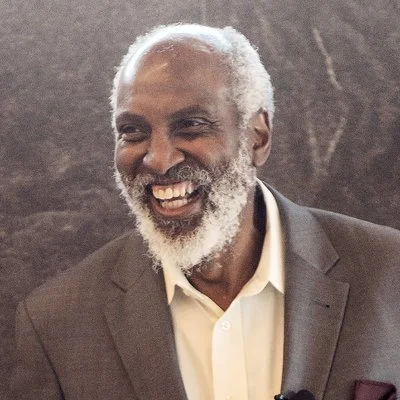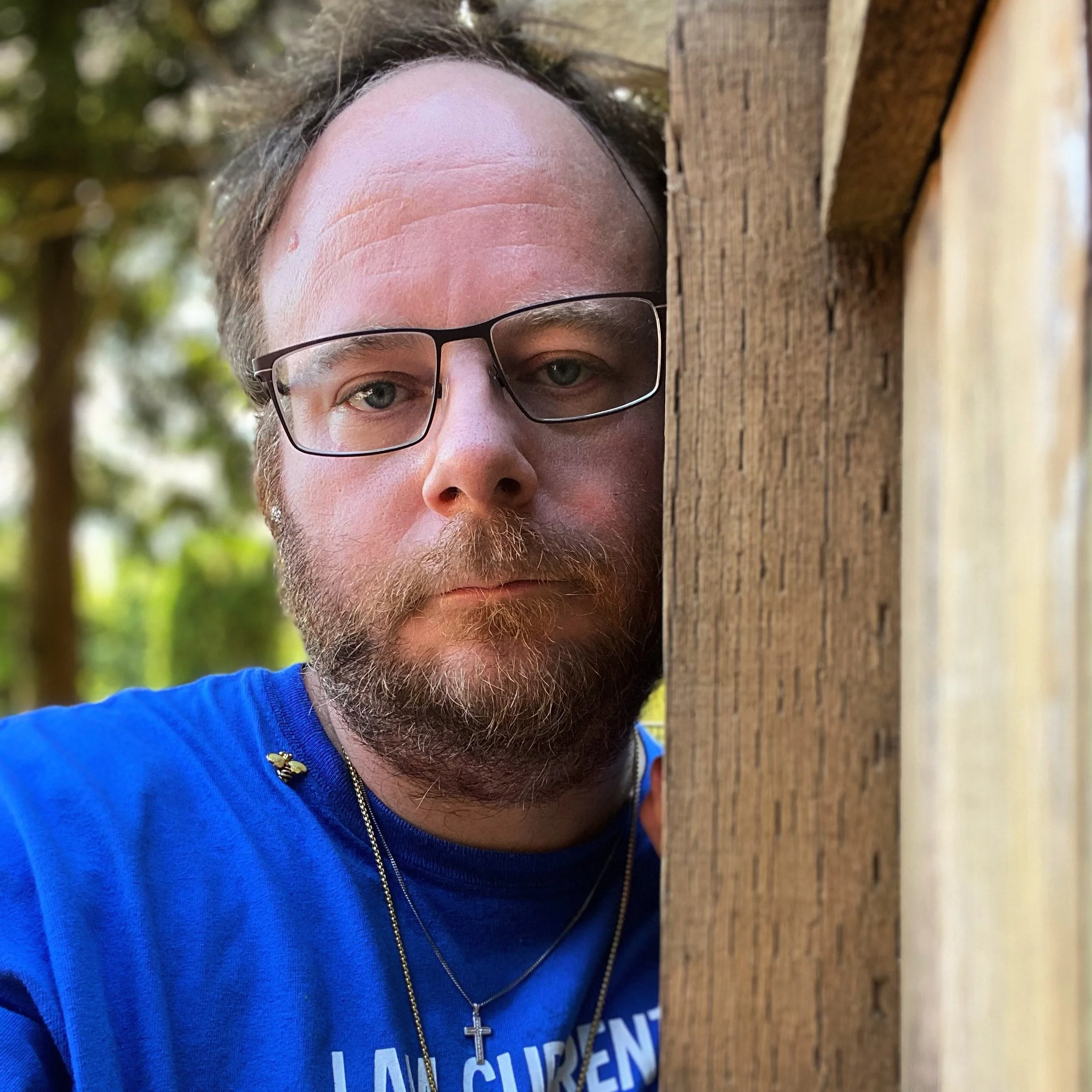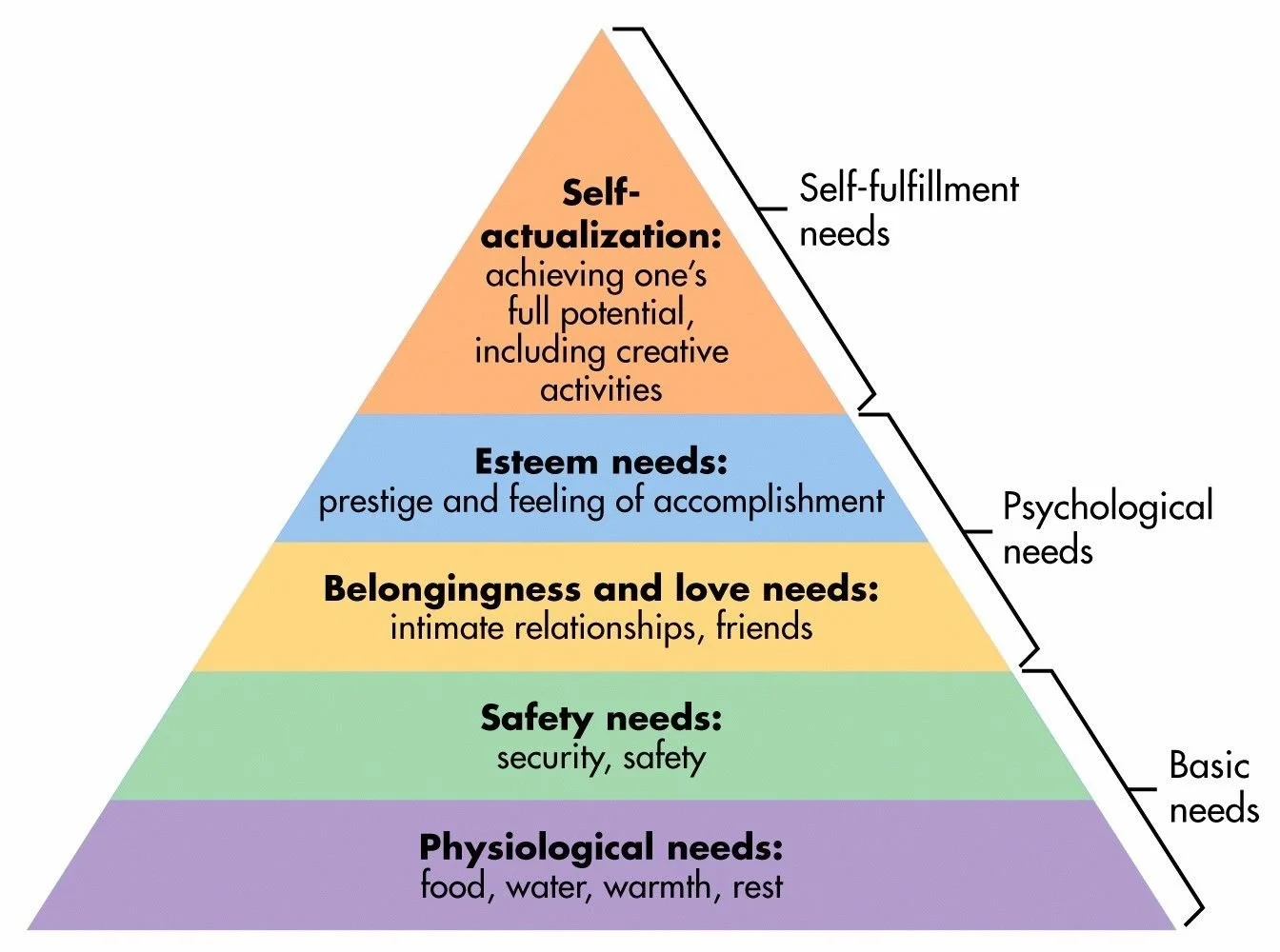Introduction
For my Interdisciplinary Expressive Arts Course, IDEA 3302: Creativity and Leadership, which I’m taking this spring with Dr. Rajdeep Gill, I signed on to give a presentation cantered on a May 18, 2021 episode of the SoundsTrue Podcast series, Insights at the Edge called “Building Belonging: Being an Ambassador to the Earth,” where Tami Simon interviewed john a powell, director of the Othering and Belonging Institute at the University of California, Berkeley, about the concepts of othering, and belonging.
Powell on Othering
In reflecting on what Powell might describe as othering, I thought about what the idea of othering might mean, especially in relation to the idea of belonging. For me, the concept of ‘the other’ is one that describes an individual or group that is labeled to fall outside of what is considered to be a prevailing or prominent norm. ‘The other’ does not fit in. For example, in terms of individuals, the ‘other’ might be described as a loner, or as an outcast (the bullied teenager). And in terms of groups, the ‘other’ might be described as a minority of marginalized individuals living in a society (persons with disabilities, or the LGBTQ+ community).
Specifically, Powell describes the concept of Othering as representing a process practiced by ourselves as individuals, or by societal institutions. For Powell, othering is ”…denying someone their full humanity and mutuality on a gradient.” In an article for the Othering & Belonging website, called The Problem of Othering: Towards Inclusiveness, Powell and Menendian explain the concept further, stating:
We define “othering” as a set of dynamics, processes, and structures that engender marginality and persistent inequality across any of the full range of human differences based on group identities. Dimensions of othering include, but are not limited to, religion, sex, race, ethnicity, socioeconomic status (class), disability, sexual orientation, and skin tone. Although the axes of difference that undergird these expressions of othering vary considerably and are deeply contextual, they contain a similar set of underlying dynamics.
In his interview with Simon, Powell also describes how cases of othering can exist on a scale, from soft expression, such as an individual’s decision to look at someone and not say hello to them; to an extreme expression, such as society viewing a group as a threat to be eliminated through the committing of genocide.
‘Othering’ vs ‘Diversity’
In thinking further about Powell’s introduction to ‘othering,’ I couldn’t help but think of the similarities that can be found when thinking about the term ‘diversity,’ which is usually discussed alongside the word ‘inclusion.’ Specifically, Dr Gerri Budd and Professor Donnalynn Scillieri, founders of the Peace in Action organization, and creators of the Udemy workshop, A Starter Kit to Understanding Social Justice and Diversity, describe ‘diversity’ as being:
… “all the similarities and differences amongst people.” Diversity (is) the term for the entire spectrum of human differences, including (but not only) race, ethnicity, gender, gender identity, sexual orientation, age, social class, disability, military experience, physical attributes, attitudes, beliefs, religious faith, ethics, and even political beliefs.
Budd and Scillieri continue by importantly noting how: “Recognizing and embracing diversity lets us remove barriers to understanding each other and ourselves.”
On a page focusing on the topic of diversity and inclusion, as posted on the official website of the Government of the Federated State of Victoria, in Australia, the term ‘diversity’ is defined as being:
…about what makes each of us unique and includes our backgrounds, personality, life experiences and beliefs, all of the things that make us who we are. It is a combination of our differences that shape our view of the world, our perspective and our approach. Diversity is also about recognising, respecting and valuing differences based on ethnicity, gender, age, race, religion, disability and sexual orientation. It also includes an infinite range of individual unique characteristics and experiences, such as communication style, career path, life experience, educational background, geographic location, income level, marital status, parental status and other variables that influence personal perspectives.
In reading further about both terms, it seems the concept of diversity is more closely related to understanding characteristics that describe individuals from a psychological perspective; whereas otherness is a sociological concern related to understanding differences between groups of people. Amy Tobin, in her October 28, 2016 article for Talent Culture called For True Diversity We Must Guard Against Otherness, describes how:
The idea of ‘otherness’ is central to sociological analyses of how majority and minority identities are constructed. This is because the representation of different groups within any given society is controlled by groups that have greater political power.
“In American culture, we’re raised to be independent, but that hinders our social relationships.”
It’s said that it takes a community to raise a child, but that’s an idea that’s been mostly forgotten in today’s fast paced, profit driven society.
Powell on Belonging
The discussion with Powell’s thoughts on othering are counterbalanced with an important discussion about belonging. For Powell, belonging
“…is when our full humanity, as a group and as individuals, is embraced… You don’t have to prove that you’re equal. That’s belonging. And belonging says, yes, you’re part of the “we,” and as part of the we, you get to define the world that we live in. You get to have a voice, and I accord you human dignity. I accord you respect. I accord you acknowledgement of your humanity and equality, not because you’re smart, not because you have a lot of money, not because of your race, religion, but just because you’re a human being. You’re an expression of life.”
Maslow’s Hierarchy of Needs and Belonging
In first thinking about belonging as a concept, I remembered how it was a part of Maslow’s Hierarchy of Needs, a psychological concept I learned about years ago when I studied consumer behaviour as a part of my diploma studies in Marketing Management at Kwantlen Polytechnic University. Dr. Saul McLeod, in his 2007 article for SIMPLY PSYCHOLOGY (updated on December 29, 2020), called “Maslow’s Hierarchy of Needs,” discusses how love and belonging are a key component of Abraham Maslow’s hierarchy, sitting at the third level tier above one’s safety and physiological needs. McLeod explains that these needs represent:
“…a motivational theory in psychology comprising a five-tier model of human needs, often depicted as hierarchical levels within a pyramid… (where) needs lower down in the hierarchy must be satisfied before individuals can attend to needs higher up.”
Specifically, McLeod describes belongingness as referring to
“…a human emotional need for interpersonal relationships, affiliating, connectedness, and being a part of a group… Examples include friendship, intimacy, trust, acceptance, receiving, and giving affection, and love.”
In reflecting on the concept of love and belongingness, I can see how it is a key and fundamental part of the hierarchy. It’s existence in the middle of the pyramid seems to be a sort of lynchpin that helps tie the lower tears to the upper tears. In that respect, it’s not that different from the concept of the heart chakra. Partita Shah, in her August 20, 2020 article for chopra called “A Primer of the Chakra System,” describes how:
“the Sanskrit word chakra translates to a wheel or disk. In yoga, meditation, and Ayurveda, this term refers to wheels of energy throughout the body. There are seven main chakras that align along the spine, starting at the base of the spine to the crown of the head. The spheres run along the spine, but extend through and past the front, back, and both sides of your body. Chakras are a spinning vortex of energy that is not seen by the human eyes but can be seen, felt, and sensed with intuition. This invisible healing energy, called prana, is a vital life force, which keeps us vibrant, healthy, and alive.
Shah describes the heart chakra as the fourth chakra, or “the connection between matter and spirit.” She continues, saying how:
“Anahata, is in the middle of the seven and unites the lower chakras of matter, and the upper chakras of spirit. The fourth is also spiritual but serves as a bridge between our body, mind, emotions, and spirit. The heart chakra is our source of love and connection.”
For me, the idea that the heart chakra exists as a source of love and connection, ties it nicely to Maslow’s third need of belongingness and love. This belongingness can help us secure the more basic needs in life, and also help us to receive the higher level feelings of accomplishment and self actualization. For example, a student who works hard in high school might be recognized by the school’s faculty who award the student with an award or bursary that helps the student access post secondary education. There, the student learns and receives mentorship that helps them to secure a good job in a field they love. And ultimately, this allows that individual to maintain their basic needs, while at the same time achieving the higher needs.
Brenè Brown on Belonging
In October 2017, Chase Jarvis, founder of CreativeLive, an online learning platform, interviewed Brene Brown, a guilt and shame researcher and author about her book BRAVING THE WILDERNESS: THE QUEST FOR TRUE BELONGING AND THE COURAGE TO STAND ALONE.
One key quote that resonated deeply for me was said by Brown early in the interview:
“In the absence of love and belonging, there is always suffering.”
And I feel that if you’ve experienced this, you know it. You just know it, and you know it deeply. You know the sadness. The emptiness. The loneliness that sits with you. The loneliness that can smother you.
Jarvis confirms this, describing how humans are:
“…hardwired for connection. (And) when you’ve experienced connection, you know it. And after you’ve experienced connection, and I think we all have, when it’s not there, we all suffer. (And) the fact that it’s so relevant now, (where) I can feel more connected to some people and disconnected to others than I ever before.”
Brown also had a warning for artists which stood out for me:
“I think this is such an important message for all of us, and especially for your audience of creatives, stop walking through the world looking for confirmation that you don’t belong because you will always find it. Stop walking through the world looking for evidence that you are not enough, because you will always find it. Your self worth and your belonging is not something that we negotiate externally. It’s something we carry in our wild hearts. And if we spend our lives looking everywhere we go for evidence that ‘I don’t really belong in this medium, I’m not really an artist, I just do this on the side, and this is my side hustle, but it’s not really my job, or we keep comparing ourselves…’ you will find exactly what you are looking for.”
And I know this is completely anecdotal, but as someone who suffers from depression, and is very familiar with how powerful the mind can be at cultivating and sustaining a negative self talk narrative – I’ve experienced how I can so easily go looking for evidence that I’m not enough. It can take it’s form in many ways – in something someone says to me, in something someone doesn’t say to me, or when I go a few days without hearing from them. It can take its form when I’m struggling with a piece of writing or when I can’t get part of a painting or other art project to work. My mind instantly goes to thoughts of, ‘…see, you’re not good enough. Who are you fooling?’ This kind of negative self talk, spurred on by my Monkey Mind can also be a bit dangerous for me, as it can help throw a heavy wet blanket on my desire to push on. It can lead me to spending a morning in bed, which turns into a day in bed. Which turns into days in bed, getting nothing done. And in those instances, I become isolated, and in those instances, I end up not belonging anywhere because I’ve shut myself off from it.
She also defines loneliness, highlighting how:
“Loneliness is serious stuff… self identified isolation means you’re on the outside in… John Capacio How primal loneliness is for a social species… loneliness says you need social connection or you’re in trouble…. Loneliness is a greater predictor of early death than smoking a pack of cigarettes per day or obesity. Loneliness kills people. It is a huge predictor mental health,
Reflections on Belonging
The following are some Individual / Group Exercises that people can do to think about the topic of belonging more. They were adapted from the BELONGING SKILLS WORKBOOK by the SELF HELP ALLIANCE.
Think about and then describe an instance when you felt that you were subjected to being othered. Under what circumstances were you othered? What was it based on, and how did that make you feel? How did you respond to it?
Complete the following by considering your own experience: “I feel I belong when…”
Describe 3 places you have been or groups you are a member of or things you own, etc. that create a positive sense of belonging for you. These can be anything from groups that you belong to, to feelings associated with belonging in the broad sense based on your hobbies, favourite things, interests such as reading, walking, favourite colour, or items related to where you were born or what you believe.
Instructor Feedback
“Your submissions were wide-ranging, creative, honest, expressive as well as carried many rich insights, personal and societal, emotional and spiritual. There was enough there to also count toward Assignment#3 and the individual presentation. These are thus considered complete. Thus, the only component missing is the final applied research paper/portfolio worth 18 marks. You received a high A/cusp of A+ overall for 82% of the course, which makes your current grade in IDEA 3302 a B.” - Dr. Rajdeep Gill, April 25, 2022


